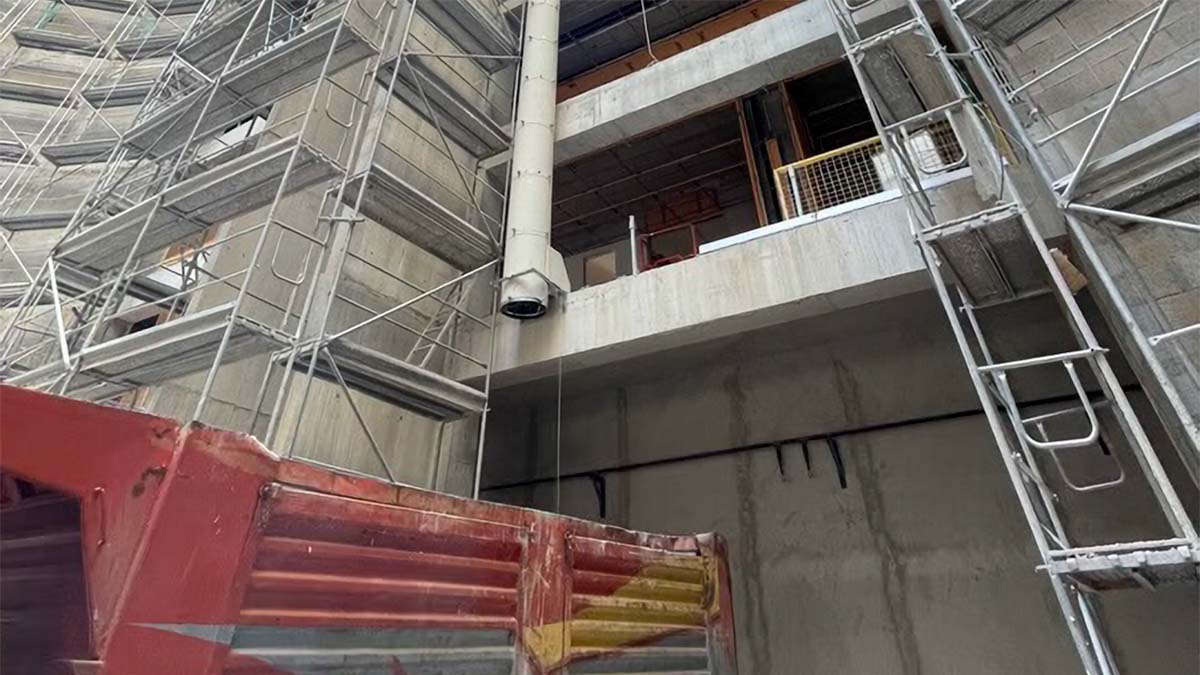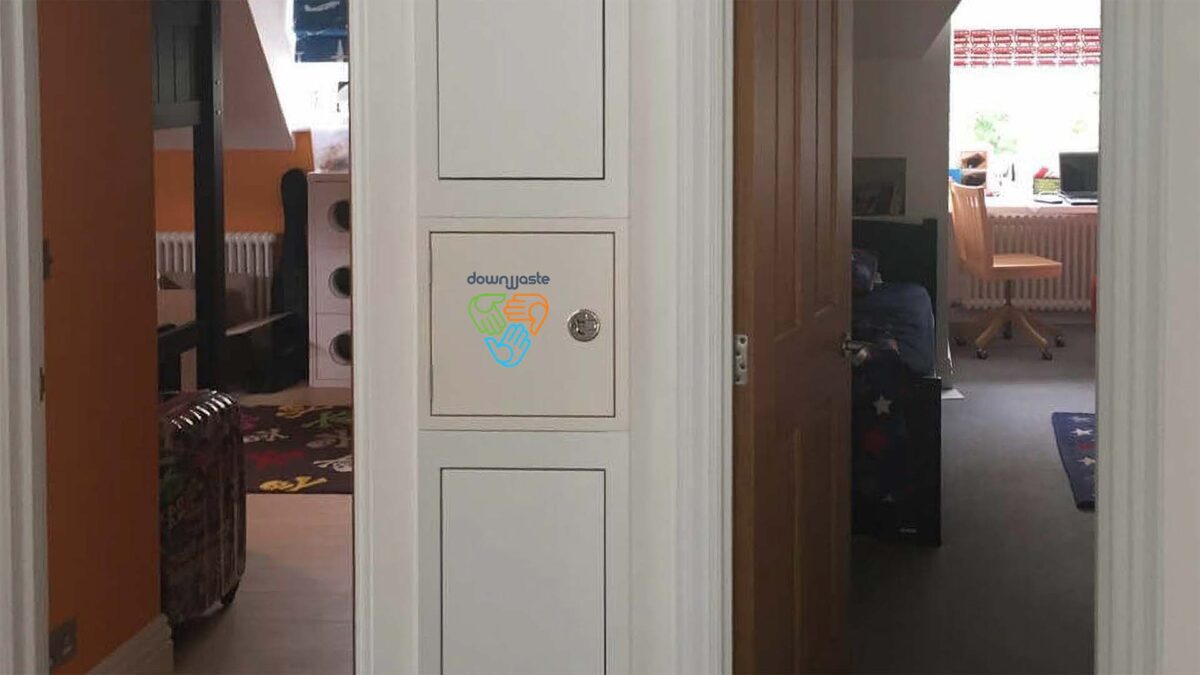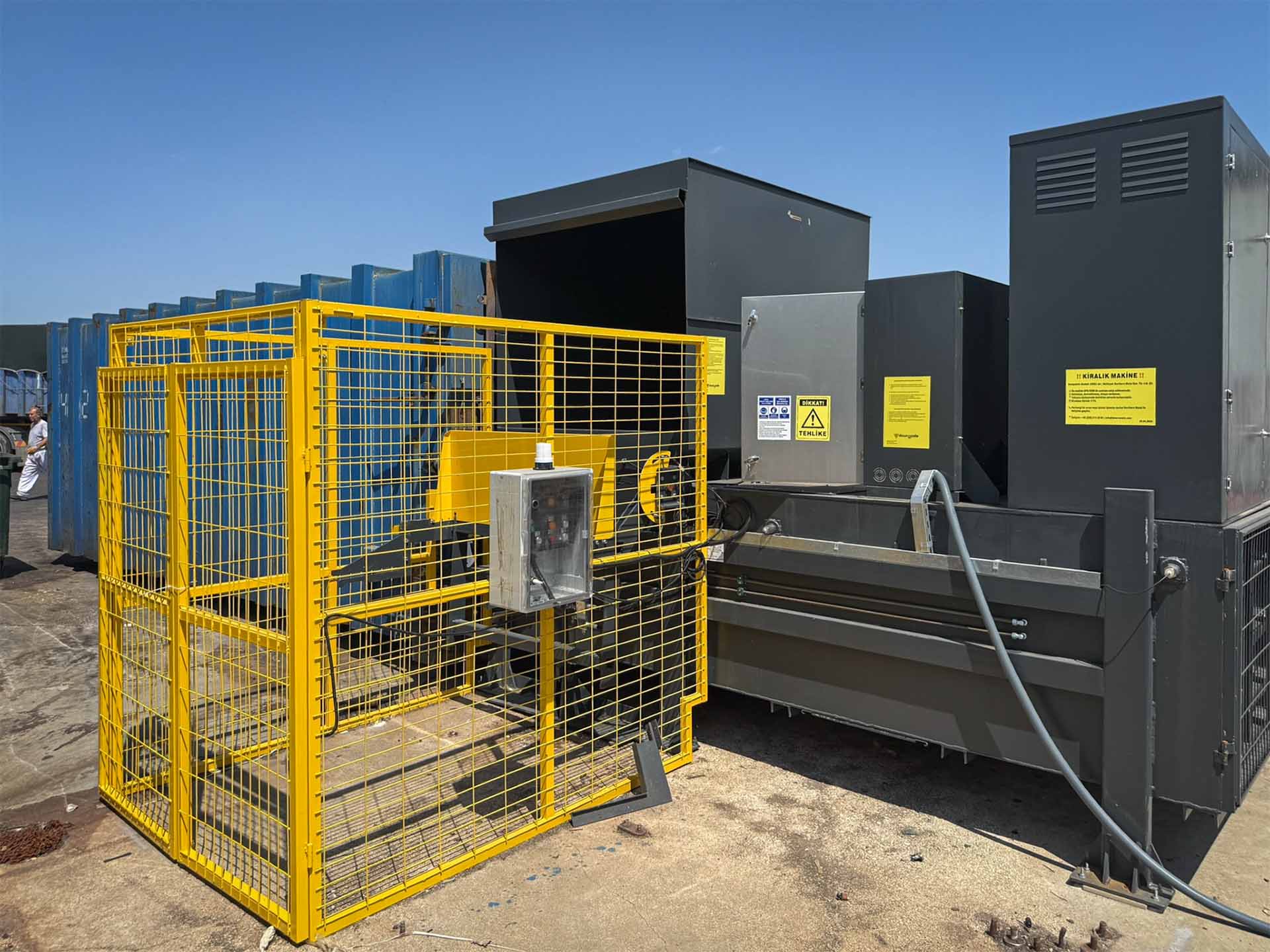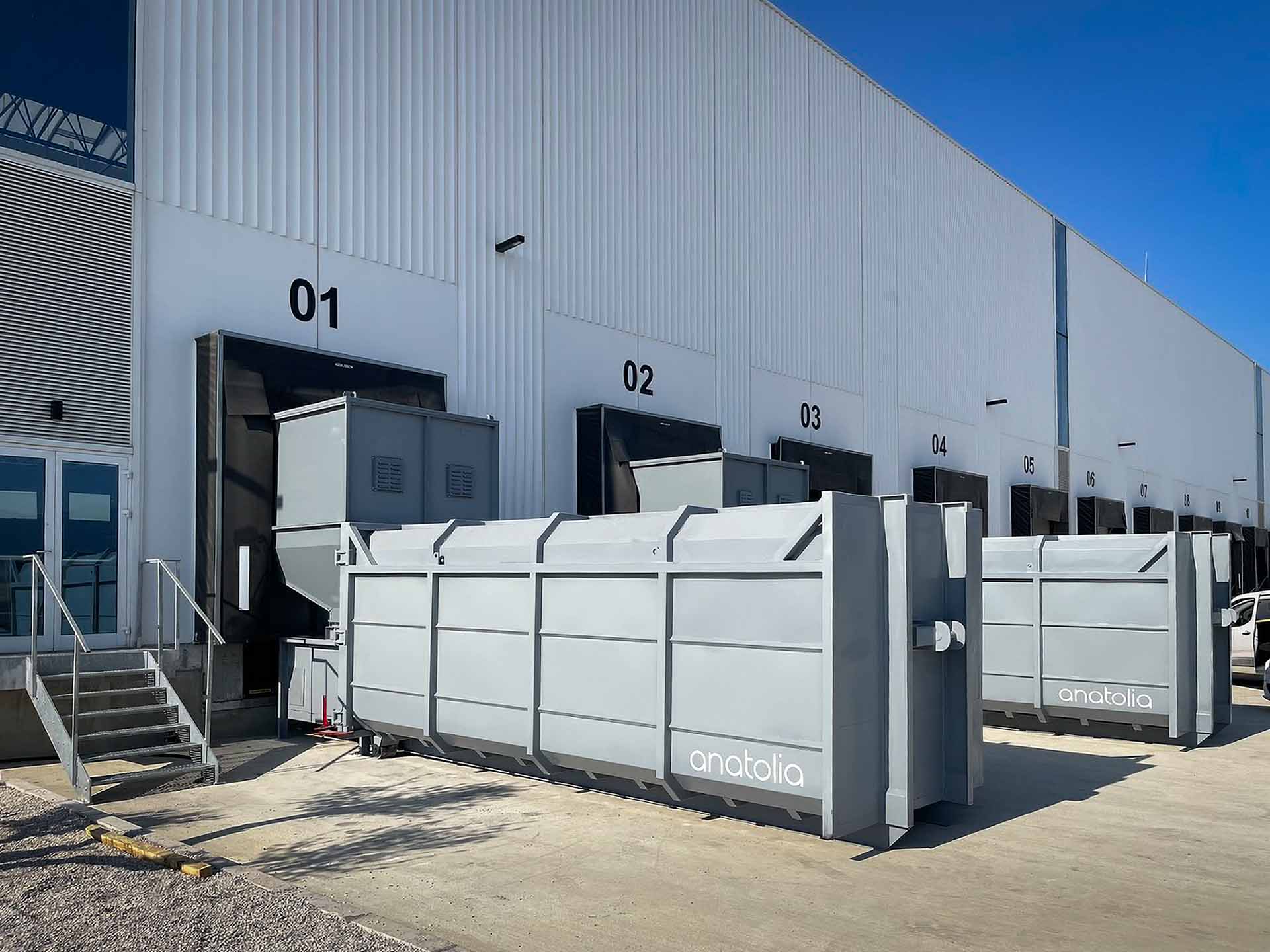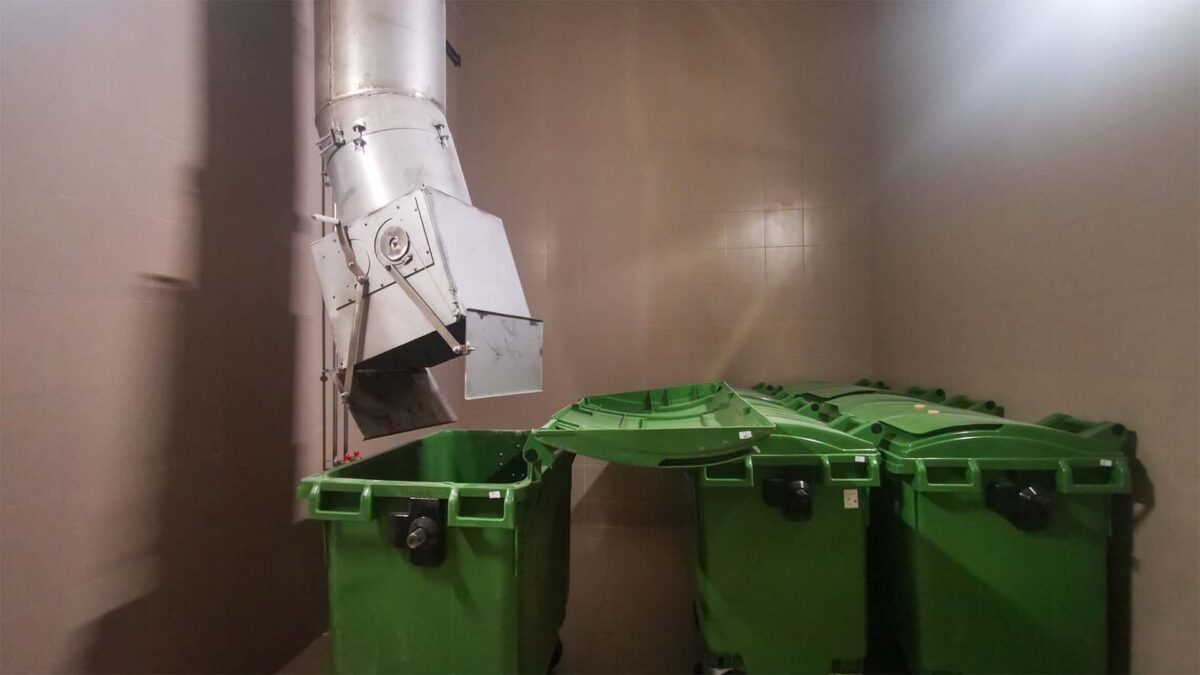
When it comes to disposing of waste in your building, using the garbage chute efficiently and responsibly is key to maintaining a clean and safe environment for all residents. Here’s a comprehensive guide to help you understand what can and cannot go down the chute.
See Downwaste’s user instructions detailed review.
Safety First
Before we dive into what you can throw away, let’s highlight some important safety instructions:
Children under 12 should not use the garbage chute.
If chutes are electrically locking, always wait for the green light before opening the chute door to ensure it’s safe to dispose of your trash.
Toxic or combustible materials are strictly forbidden to ensure the safety and well-being of all residents.
Acceptable Items for Disposal
Here’s what you can dispose of through the garbage chute:
- Non-Recyclable Waste: Everyday garbage that cannot be recycled. Think food wrappers, used paper towels, or anything that is contaminated with food or waste.
- Mixed Recyclables: Clean items that can be recycled, such as paper, plastic, metal, and glass containers. Remember to rinse them clean before disposal and do not bag recyclables.
Prohibited Items
To avoid blockages and damage to the waste management system, please do not dispose of the following items through the garbage chute:
- Bulk Items: Cardboard like shoe boxes, large items like carpets, construction waste, or furniture must be disposed of through special collection services.
Please note: In case of clogging, access to chute hoppers must be prevented, keep necessary signs on the hopper doors and lock all the hopper doors immediately. Contact your chute service provider to assist in correcting the problem. If not done correctly, the chute may be damaged. - Glass Bottles: These can break and pose safety risks. Please follow your building’s instructions for glass disposal.
- E-Waste: Electronic devices contain hazardous materials and should be recycled properly.
- Flammable Materials: Anything that can ignite, such as paint or chemicals, must be kept out of the garbage chute.
- Liquids: To prevent leaks, malodour, and spills in the waste system, avoid disposing of soups, gravies, or any liquids.
- Hazardous Waste: Medical, biological, industrial waste, and dead animal carcasses should be disposed of following your community’s hazardous waste disposal guidelines.
Conclusion
Using the garbage chute is a convenient way to dispose of your household waste, but it requires mindful participation to ensure the system works smoothly for everyone. By following these guidelines, you contribute to a cleaner, safer, and more sustainable living environment in your building. If in doubt about an item, it’s always best to check with your building management for specific disposal instructions. Let’s work together to keep our community clean and safe!
